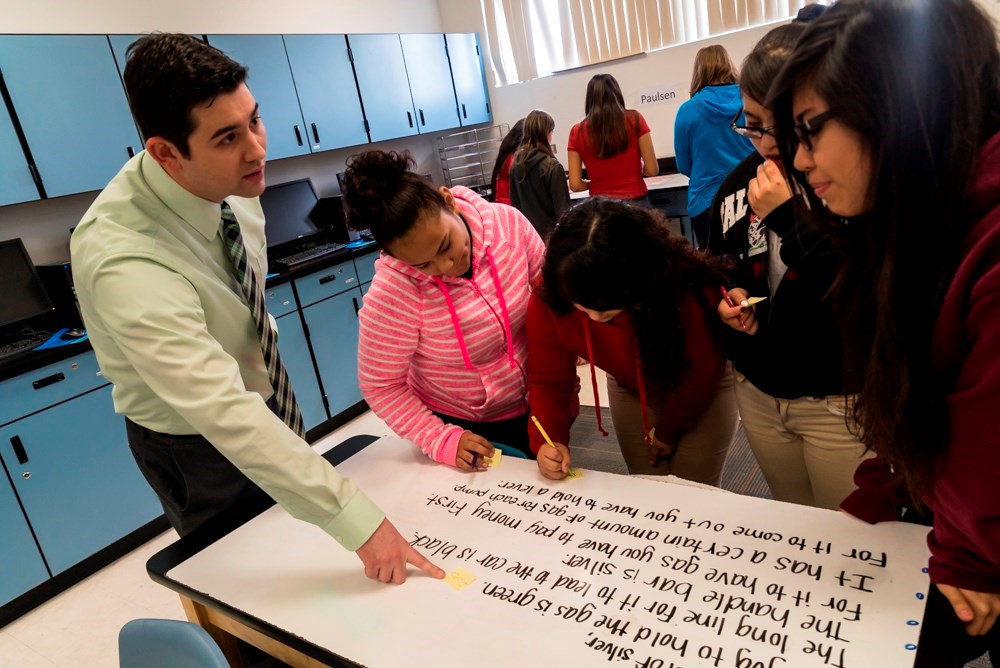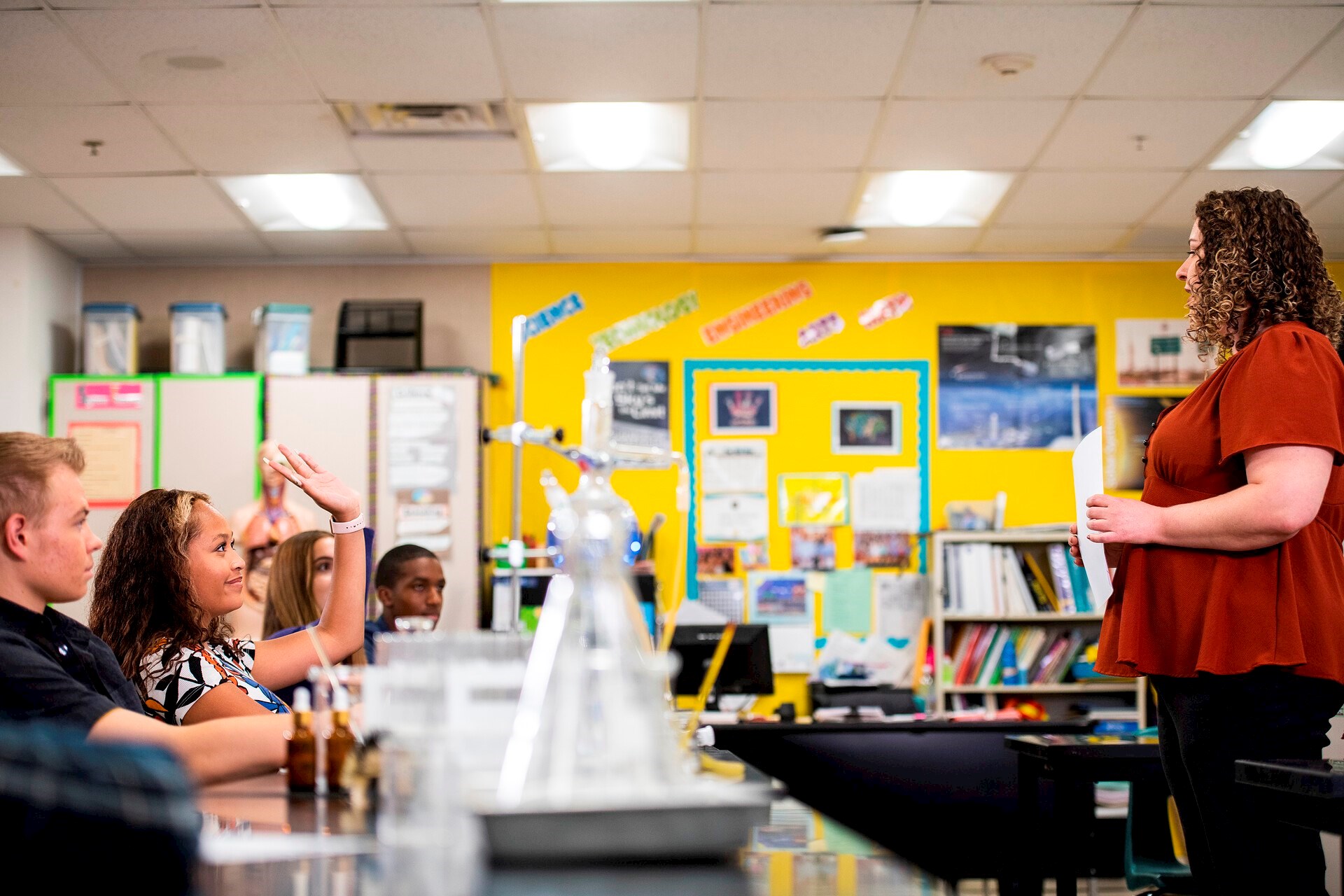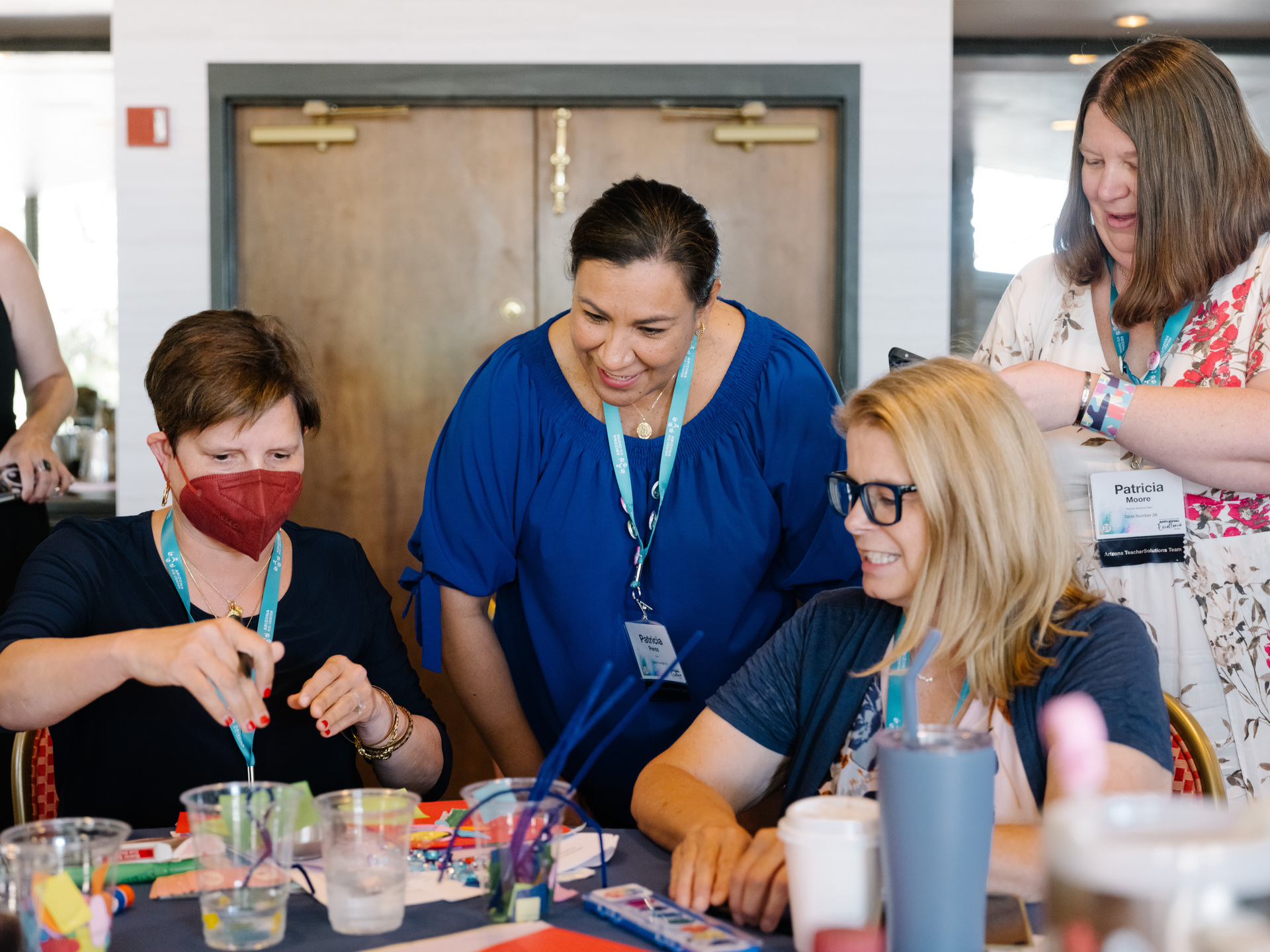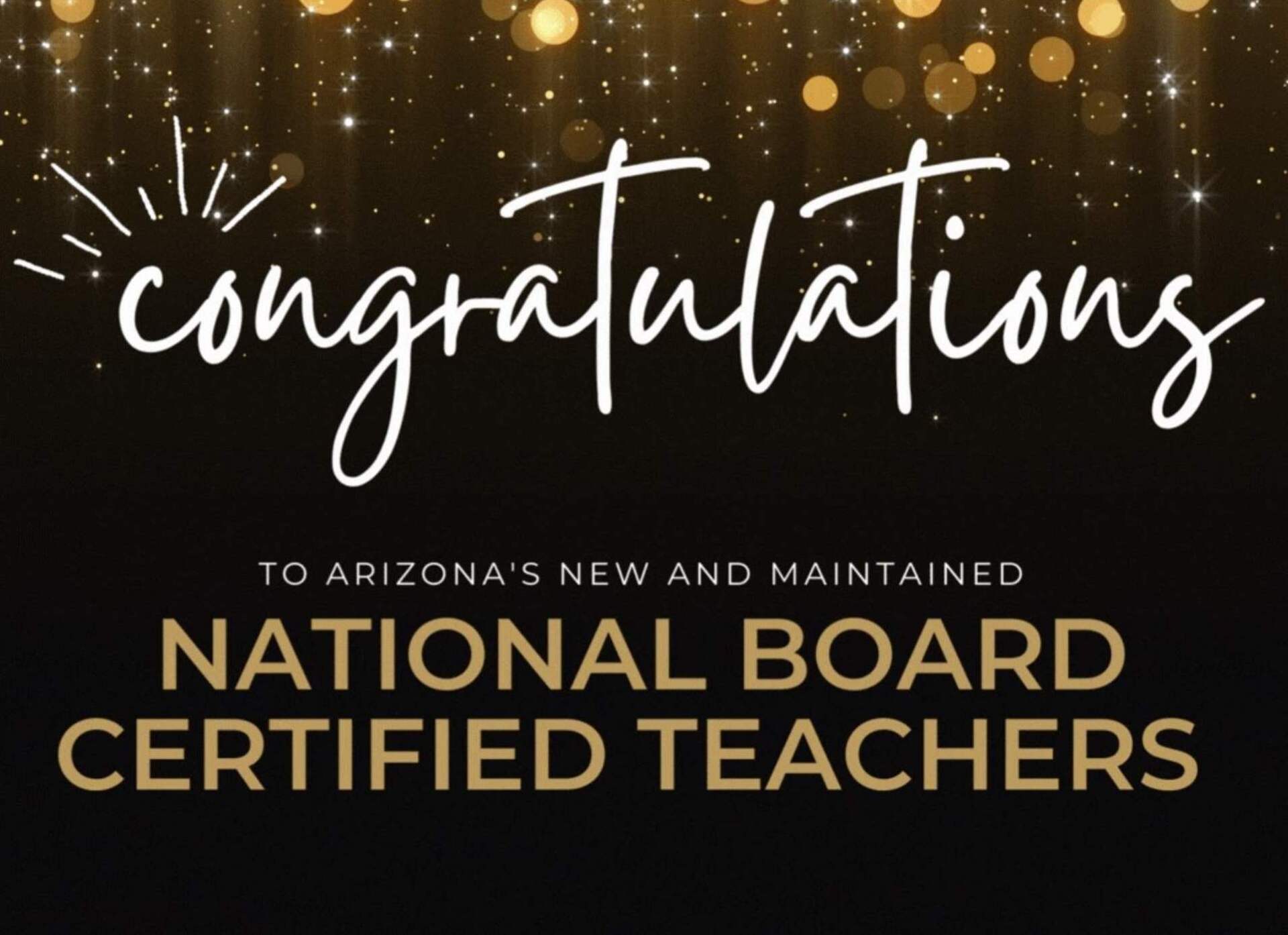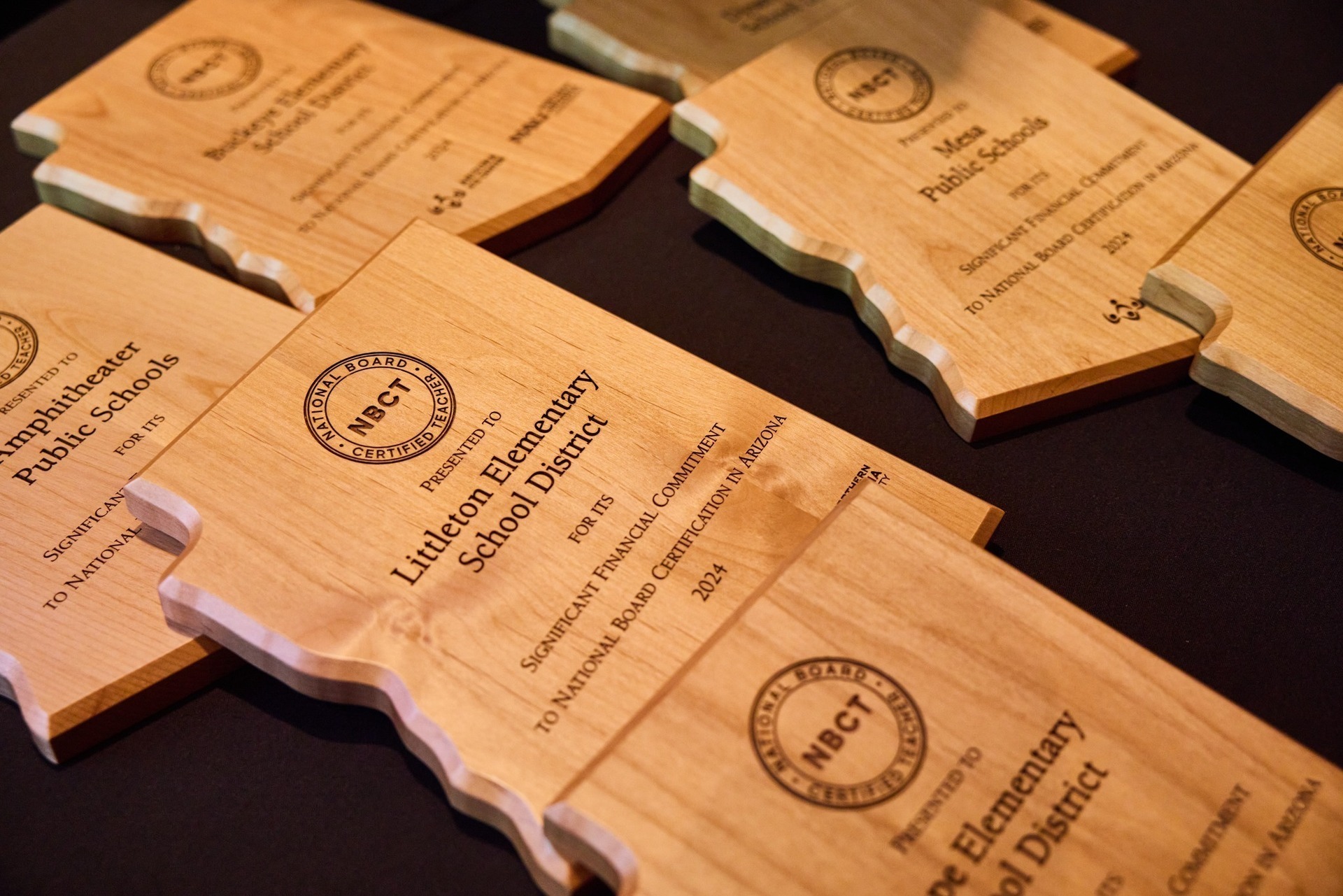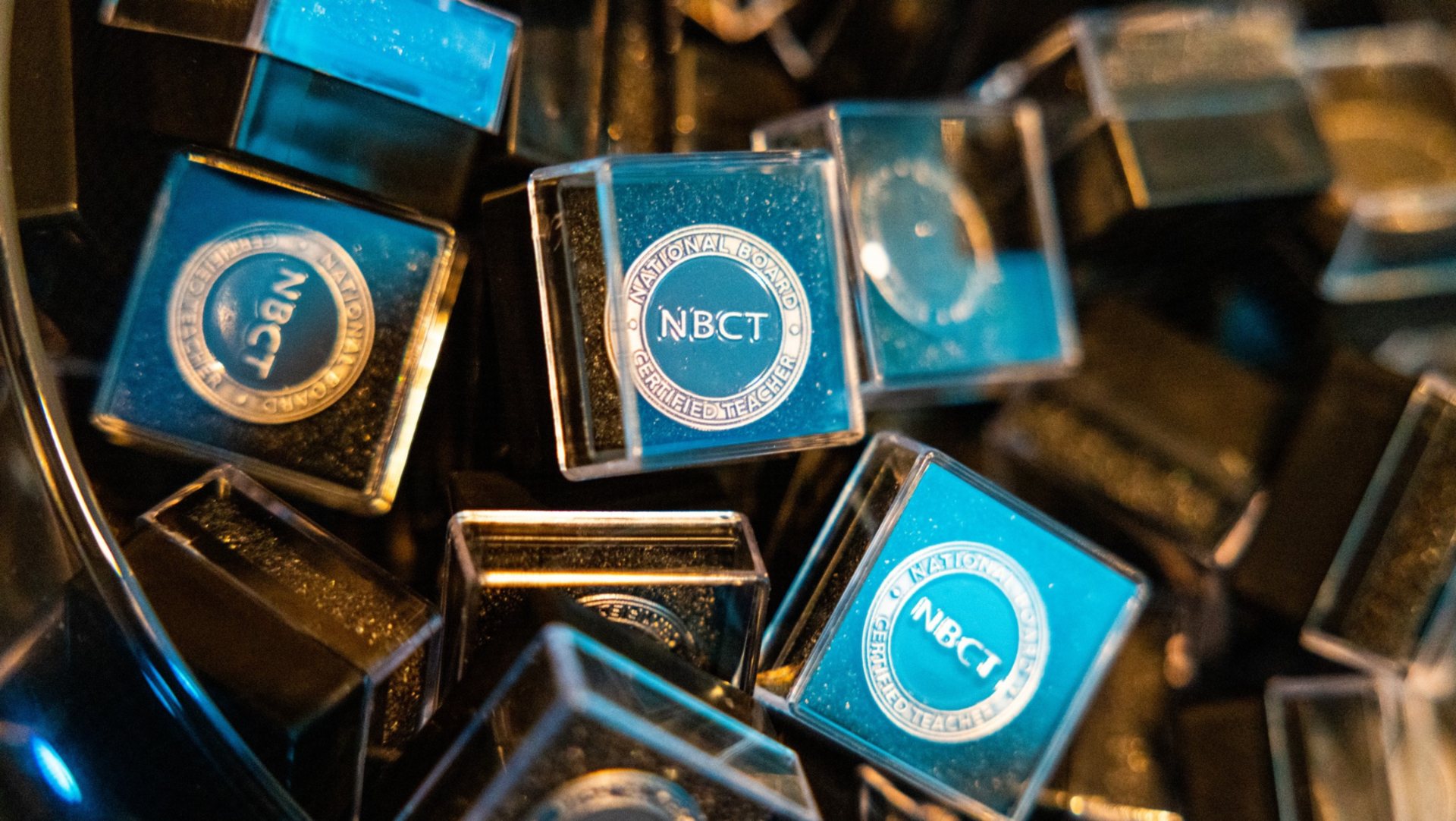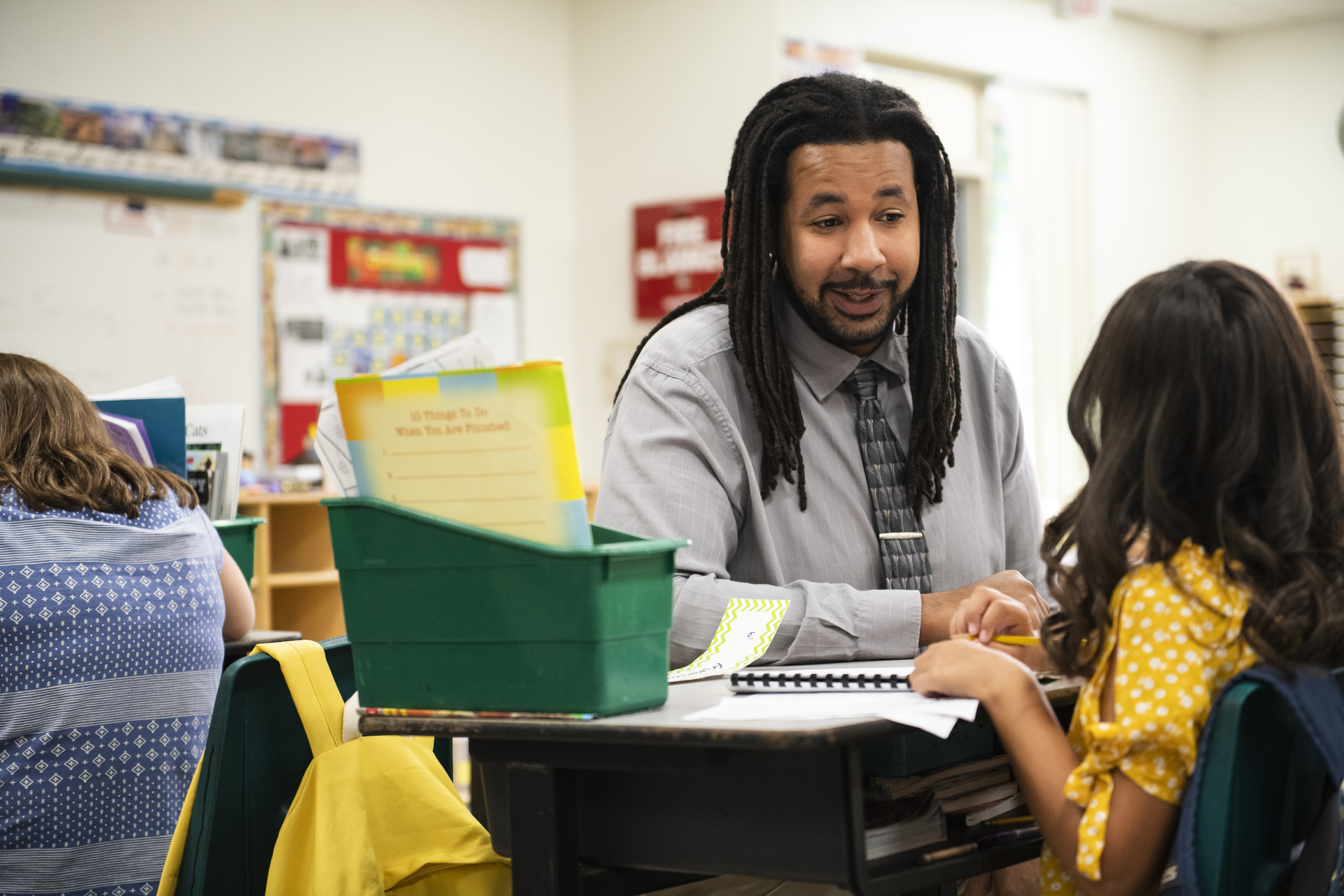Three Shifts to Inquiry
Mark Paulsen, NBCT, is a longtime STEM educator and the workforce development coordinator for SciTech Institute, a part of the Arizona Technology Council. Here, he writes about three ways to introduce inquiry into your classroom.
The way students learn and remember facts is not the same as how they develop deeper understanding and transfer that understanding from topic to topic. One way to develop students’ deeper understanding is to shift your classroom from a teacher-centered classroom to a student-centered classroom. But how do you begin to do that? Here are three inquiry approaches you can use in an upcoming lesson to help students develop a deeper understanding.
Pathways
Students don’t learn in the same way all at once. When teachers deliver a one size fits all lesson, there will be different buckets of understanding. One approach to this challenge is to have different pathways for your students to select, very similar to the format of those classic Choose Your Own Adventure books. In a science or math classroom, it might be structured differently than an English language arts or social studies classroom. In a science class, it might take the structure of “Some, Many, All.” All students will take data. Many students will take data and graph it. Some students will take data, graph, and analyze. This structure allows students to choose and go at their pace as they are engaged in the content.
The structure of “Spicy, Medium, Mild” is another pathway like Some, Many, All. This structure has students pick a task at their ability level. This will then inform students not only of what they need to work on to advance to the next level but also has scaffolding that can support students moving forward.
Choice menus are also great for allowing students to choose what they are most interested in and pursing that topic. The key to any pathway structure is to let the student choose and to support that student with their learning.
Notes to future self
Note-taking is a strategy teachers use to make sure what is being said to students is in writing in the hope that students retain that information. Does this show learning or complacence?
Consider the following. Before giving information to students about a new topic, have them write down everything they know about it. As students engage in different pathways and explore their understanding of the topic, have them keep a running record of what they are learning, questions that are coming up, and different ways they are making connections to other content areas. This will show students their own growth and how learning is a progression.
I like to share with my students a map of key ideas and topics we are going to be learning. This shows them where we are going as well as what we have learned so far. At the start of a new unit, I will show them a key term that is vague. In science, it might be “heat”; in ELA, “plot”; in math, “fractions”; in social studies, “civil war,” for example. My question to the students is what do you know about this topic? I give my students time to think and write all their information about this topic. I ask my students to share with other students, and I listen and make my own notes. When I hear any misconceptions, themes, or directions different than my own thinking, I write it down to address. Every so often as the lesson goes by, I ask my students what they have learned so far. They go through the protocol again and write down new learning that has occurred.
At the conclusion of the unit, when firm understanding and new learning has occurred, I ask my students to look at their notes and to write a message to their future self about what they knew at the start and what they know now.
Mid-course correction
I like to think of learning as a shared adventure with my students. I don’t like to think of learning coming only from the teacher. Teachers are not the gatekeeper of all knowledge in the classroom. Your students bring different perspectives into the room too. When students are engaged in the learning and students are taking an active role, there will be things they like and dislike about how things are going. Ask them about what is going well and what is not. Listen to them. Make those adjustments, but also celebrate with them about their learning and what is working.
Want to add more student-centered activities to your classroom? Check out these three inquiry-focused ideas!
